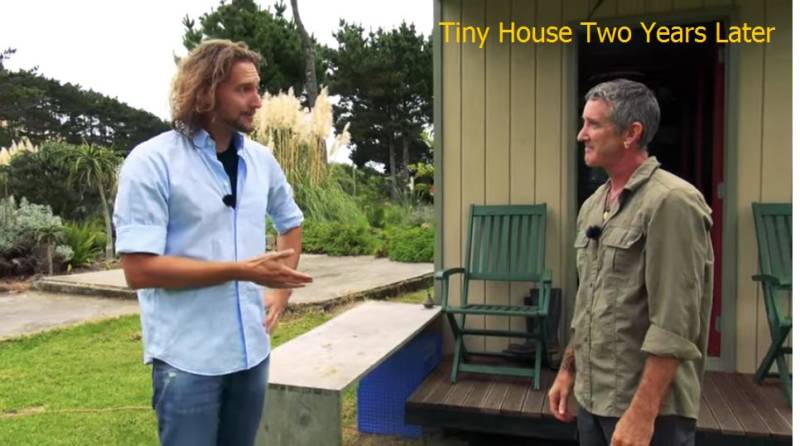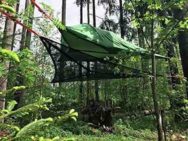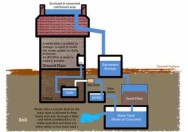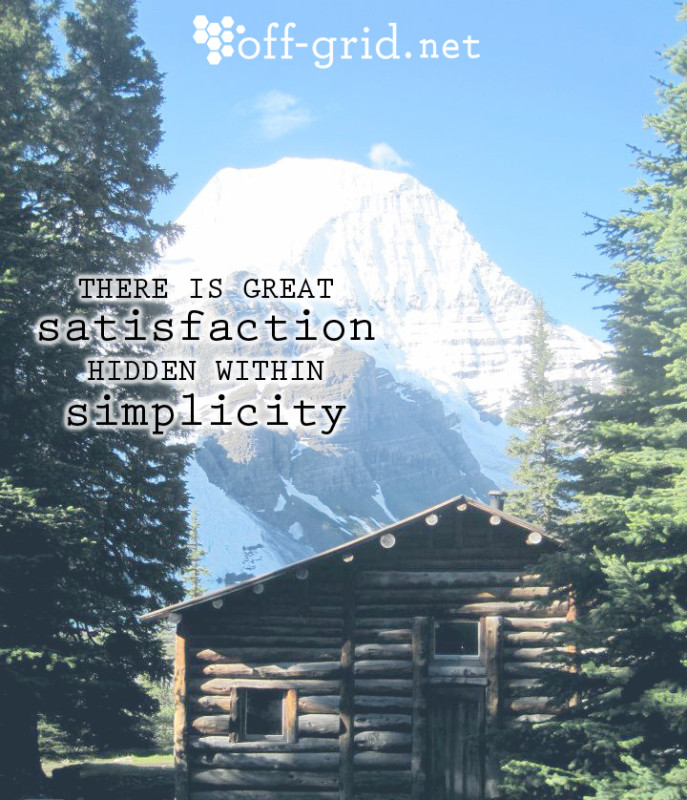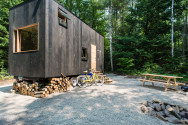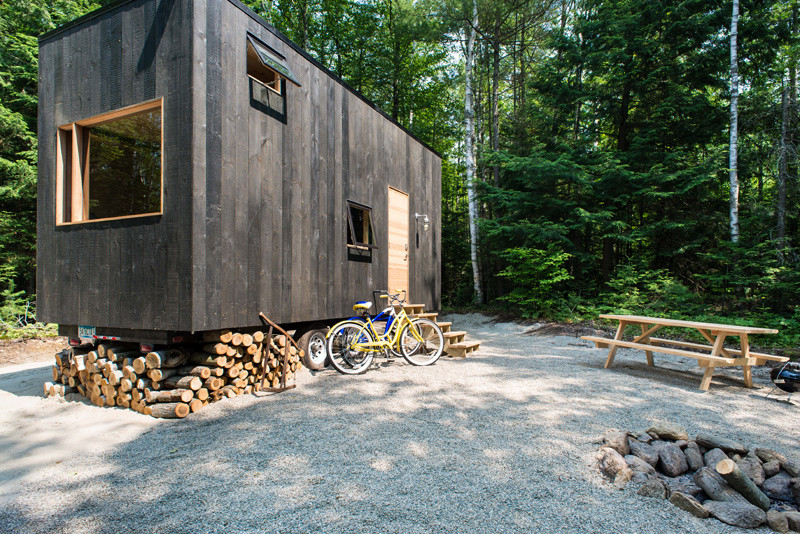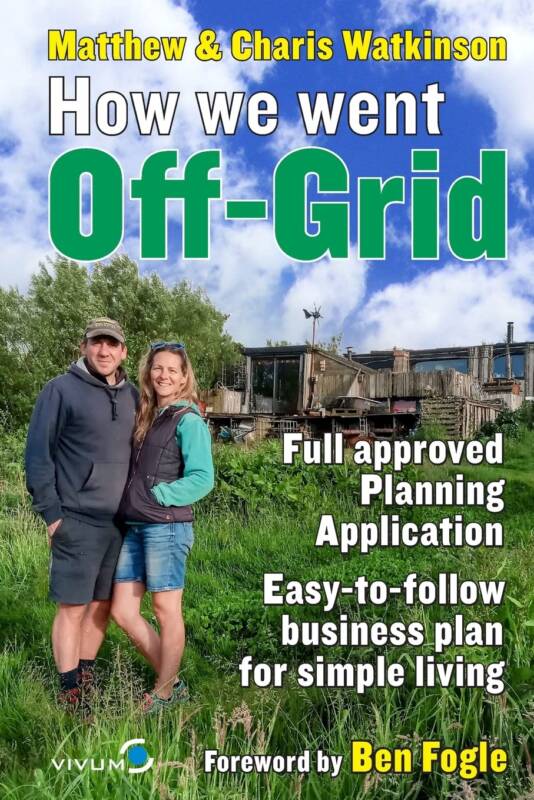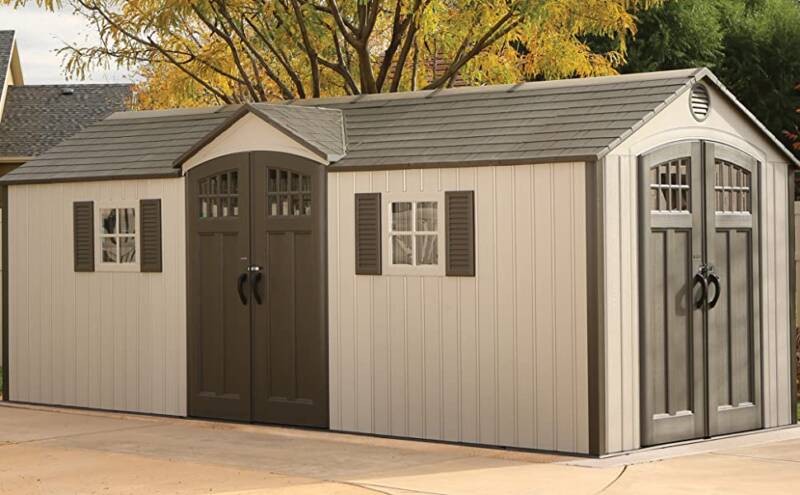Tyalgum in Australia wants to make a name for itself by becoming the first town in the world to voluntarily disconnect from the electricity grid.
The New South Wales community is quietly working on a plan to unplug its 300 citizens from the energy grid.
Its location, about an hour’s drive north-west of Byron Bay, puts it in the perfect position to do it.
“Geographically it’s in the right location as far as networks go,” said Andrew Price from Australian Radio Towers, the company spearheading the town’s renewable energy project.
“It’s right on the end of the grid so it’s not disruptive to other communities further down the power line.”
Mr Price said the community is very receptive to the idea as there is already a huge push toward sustainability and renewable energy in the area.
“Ultimately it’s got to be a community-based decision but (because of) the size of the community and the style of the community it is, we’ve got a really good chance of doing that,” he said.
Tosh Szatow, from Energy For the People, wrote a feasibility study for the renewables project that found frustrated community members want to take back control of energy infrastructure.
“The community there is pretty frustrated with the rise in energy prices and not really seeing benefits proportionate to that — they’re not seeing more renewable energy, they’re not seeing better services and more reliable power,” he said.
Deputy Mayor Gary Bagnall has also expressed his support, but hurdles must be cleared before town can unplug
Mr Szatow said there are two approaches the community could adopt to achieve this.
“One way is that every house and every business gets their own solar system, potentially gets their own battery storage,” he said.
He said the second option would be to construct a hub somewhere in the town that individuals and businesses could source energy form.
“It means the town can be either completely off-grid or largely self-sufficient using renewable energy,” he said.
The cost of switching entirely to renewables would depend on which option is taken, but early estimates have the cost from anywhere between $4 million to just over $7 million.
And there are several hurdles that need to be cleared before the town could completely unplug from the grid.
One is that those developing the project would need to negotiate viable access, tariffs and potentially the transfer of ownership of a portion of the electricity network from the local power provider.
It will also require strong community support and legislative change from the New South Wales Government.
Organisers from Australian Radio Towers are in talks with school and community groups to discuss funding options and said they are confident the project could begin as soon as it is given the green light.
…

